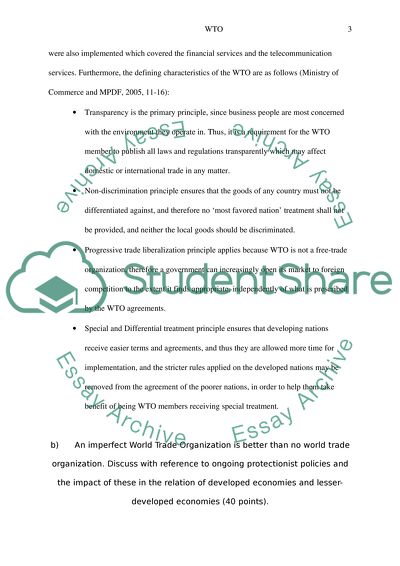Cite this document
(“World Trade Organization. Origins And Characteristics Essay”, n.d.)
Retrieved from https://studentshare.org/environmental-studies/1408801-world-trade-organization-origins-and-characteristics
Retrieved from https://studentshare.org/environmental-studies/1408801-world-trade-organization-origins-and-characteristics
(World Trade Organization. Origins And Characteristics Essay)
https://studentshare.org/environmental-studies/1408801-world-trade-organization-origins-and-characteristics.
https://studentshare.org/environmental-studies/1408801-world-trade-organization-origins-and-characteristics.
“World Trade Organization. Origins And Characteristics Essay”, n.d. https://studentshare.org/environmental-studies/1408801-world-trade-organization-origins-and-characteristics.


